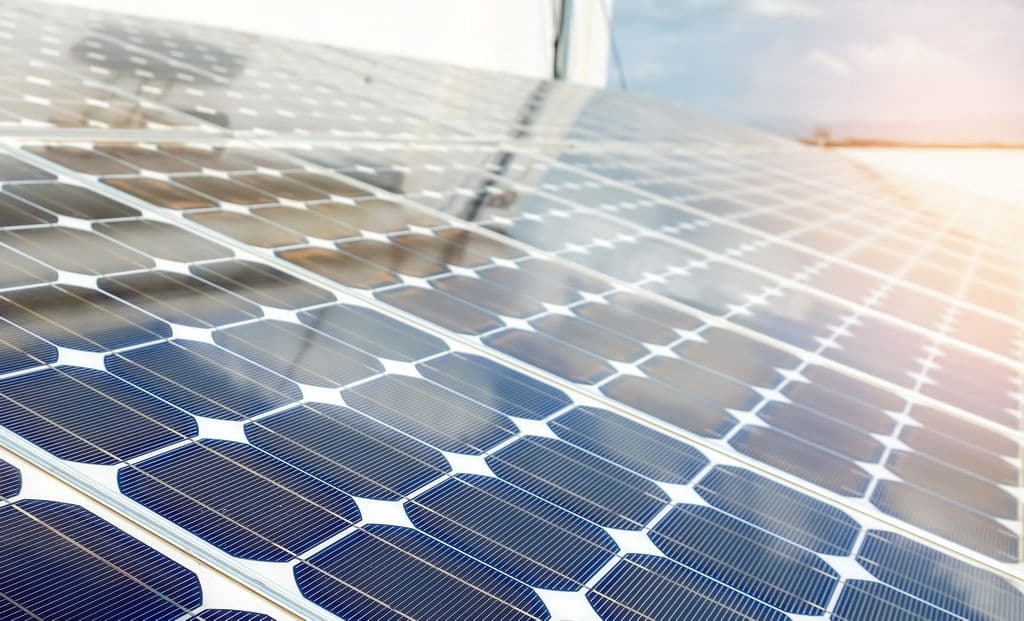Determining the size of a solar system is an important step in the process of designing and installing a solar panel system. The size of the system will depend on a number of factors, including the amount of electricity you use, the location of your property, and the type of solar panels you plan to install. In this article, we will discuss how to determine the size of your solar system in detail.
- Determine Your Energy Usage
The first step in determining the size of your solar system is to determine how much energy you use. This can be done by looking at your utility bills or by using an online energy calculator. It is important to note that the amount of energy you use will vary depending on a number of factors including the size of your home, the number of people living in your home, and your daily energy usage habits.
Once you have determined your energy usage, you can use this information to calculate the size of the solar system you will need. For every kilowatt of solar panels you install, you can generate approximately 4 kilowatt-hours (kWh) of electricity per day if you use the right equipment.So, if you use 30 kWh of electricity per day, you will need an 8 kW solar panel system.
- Consider Your Location
The location of your property will also play a role in determining the size of your solar system. This is because the amount of sunlight your panels receive will vary depending on your location. Areas with more sunlight will require smaller solar systems, while areas with less sunlight will require larger solar systems.
To determine the amount of sunlight your property receives, you can use a solar calculator. This tool takes into account your location, the angle of your roof, and the orientation of your roof to determine how much sunlight your panels will get.Based on this information, the calculator will provide an estimate of the size of the solar system you will need.
- Choose Your Solar Panels
The type of solar panels you choose will also impact the size of your solar system. There are two main types of solar panels: monocrystalline and polycrystalline. Monocrystalline panels are more efficient and require less space, while polycrystalline panels are less efficient and require more space.
When choosing your solar panels, you should consider the amount of space you have available and your budget. Monocrystalline panels are more expensive, but they require less space and may be a better choice if you have limited space. Polycrystalline panels are less expensive, but they require more space and may be a better choice if you have a larger roof or yard.
- Factor in Efficiency
The efficiency of your solar panels will also impact the size of your solar system. Solar panel efficiency is a measure of how much of the sun’s energy is converted into electricity. The higher the efficiency of your solar panels, the less space you will need to generate the same amount of electricity.
When choosing your solar panels, you should look for panels with a high efficiency rating. The most efficient solar panels on the market today have an efficiency rating of around 23%.
- Calculate the Size of Your Solar System
Once you have considered all of these factors, you can calculate the size of your solar system. To do this, you will need to use a solar panel calculator. This tool takes into account your location, energy use, and your solar panels’ type and efficiency to provide an estimate of your solar system’s size.
The size of your solar system will be measured in kilowatts (kW). As a general rule of thumb, for every kilowatt of solar panels you install, you can generate approximately 4 kWh of electricity per day.

